Did you know that amphipods represent a staggering variety of over 5,000 species, each playing significant roles in marine ecosystems? These small creatures are not just a pretty face in the ocean; they are vital for maintaining the health and balance of reef tanks. Their presence can make the difference between a dull aquarium and a vibrant, flourishing reef tank. Their contributions echo through the water, ensuring a thriving underwater environment.
What You Need to Know
- Natural tank cleaners
- Food source for fish and invertebrates
- Contribute to biodiversity
- Help maintain water quality
Understanding Amphipods in Reef Ecosystems
Amphipods vary in size, with most measuring between 1 to 340 millimeters, but the ideal size for reef tanks typically falls between 5 and 10 millimeters. These small crustaceans are crucial as they feast on algae, detritus, and organic waste, which keeps the tank clean and balanced. With their diverse habitats and feeding habits, amphipods play a vital role in the health of any reef ecosystem. They act as nature’s tiny custodians, tirelessly working to keep the waters clear and the environment stable.
To learn more about the essential components of a reef tank, visit our reef tank essentials. For a complete guide on caring for these fascinating creatures, check out the article on amphipod care.
The Role of Amphipods in Reef Tank Maintenance
Amphipods are nature's cleanup crew, helping to maintain the ecological balance within a reef tank. By consuming algae, detritus, and organic waste, they prevent the buildup of harmful substances like nitrates and phosphates. This natural cleaning process not only enhances water quality but also reduces the need for manual cleaning tasks often required in aquariums. Picture them as diligent little janitors, tirelessly sweeping away debris and ensuring a healthy habitat.
To discover the best copepods for your reef tank, visit our page on best copepods for reef tanks. If you're interested in Tisbe copepods, you can find more details here.
Nutritional Benefits of Amphipods for Reef Inhabitants
Amphipods are not only vital for maintaining the tank's health but also serve as a nutritious food source for many marine animals. Rich in essential nutrients, including Omega-3 and Omega-6 fatty acids, they provide the energy and building blocks that fish and invertebrates need to thrive. Zoo Plasm Pods, in particular, provide a concentrated blend of copepods that nourish amphipods and other reef inhabitants. Think of them as the superfood of the ocean, packing a punch of nutrition in every bite.
For more information on the nutritional benefits of various feeds, check out our guide on live feeds for reef tanks. Additionally, visit our page on Zoo Plasm Pods for more details.
Creating an Ideal Habitat for Amphipods
To promote amphipod growth, live rock is essential as it provides hiding spots and a place for reproduction, while also contributing to stable water conditions through natural filtration. Maintaining appropriate water parameters, such as temperature and salinity, is crucial in encouraging amphipods to thrive in your reef tank. Imagine live rock as an underwater apartment complex, offering cozy nooks for these tiny creatures to flourish.
For more insights into the benefits of Tisbe pods, check out our article on Tisbe pods benefits. You can also learn about the importance of phytoplankton for reef tanks here.
Maintaining Water Quality for Amphipod Health
Water quality is a critical factor in the health of a reef aquarium. Key parameters that must be monitored include temperature, salinity, pH, ammonia, nitrate, alkalinity, calcium, and magnesium. Regular testing ensures that any changes can be identified and addressed promptly to prevent stress on both amphipods and other aquatic inhabitants. Think of these parameters as the vital signs of your aquarium; keeping a close watch can make all the difference.
For more details on maintaining water quality, visit our page on zooxanthellae for reef tanks and explore our reef tank supplies section.
Long-term Benefits of Amphipods in Reef Tanks
Amphipods contribute significantly to the overall health of reef tanks by acting as natural cleaners and providing a food source for various fish and invertebrates. They help in nutrient cycling, releasing nutrients in forms that corals and other organisms can absorb readily, thus fostering a thriving aquatic environment. They are the unsung heroes of the reef, quietly ensuring the ecosystem remains in balance.
To learn more about the role of live feeds in supporting a healthy reef ecosystem, explore our article on live feeds for reef tanks. For a closer look at Zoo Plasm Pods, click here.
FAQ Section
- What are the best types of amphipods for reef tanks? The best types of amphipods for reef tanks are typically those that are small and hardy, such as Tisbe and Apocyclops, which can thrive in various conditions.
- How often should I feed amphipods in my reef tank? Feeding amphipods should be done regularly, usually every few days, depending on the population density and the needs of the tank's inhabitants.
- Can amphipods harm corals or other tank inhabitants? Generally, amphipods are harmless to corals and other tank inhabitants; however, overpopulation can lead to competition for resources.
- How do I introduce amphipods to my existing reef tank? Introduce amphipods slowly, ensuring water parameters match those of your reef tank. It's advisable to add them in the evening when fish are less active.
- What signs indicate a healthy amphipod population in my reef tank? Signs of a healthy amphipod population include visible numbers of amphipods on substrate and rocks, and they should be actively feeding and reproducing.
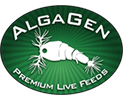
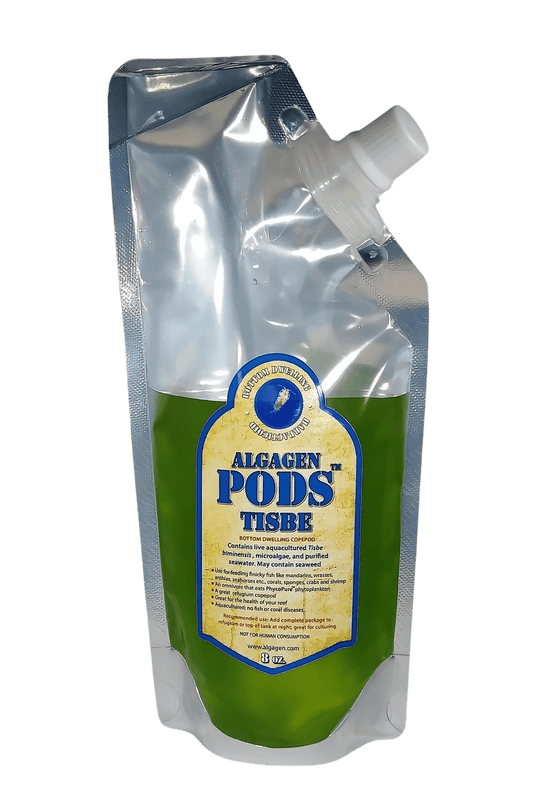
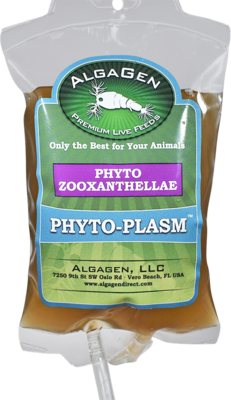
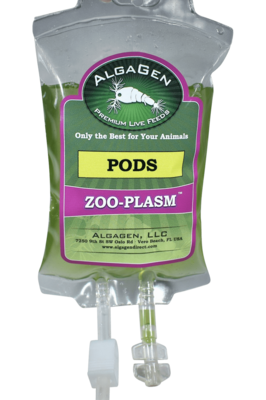
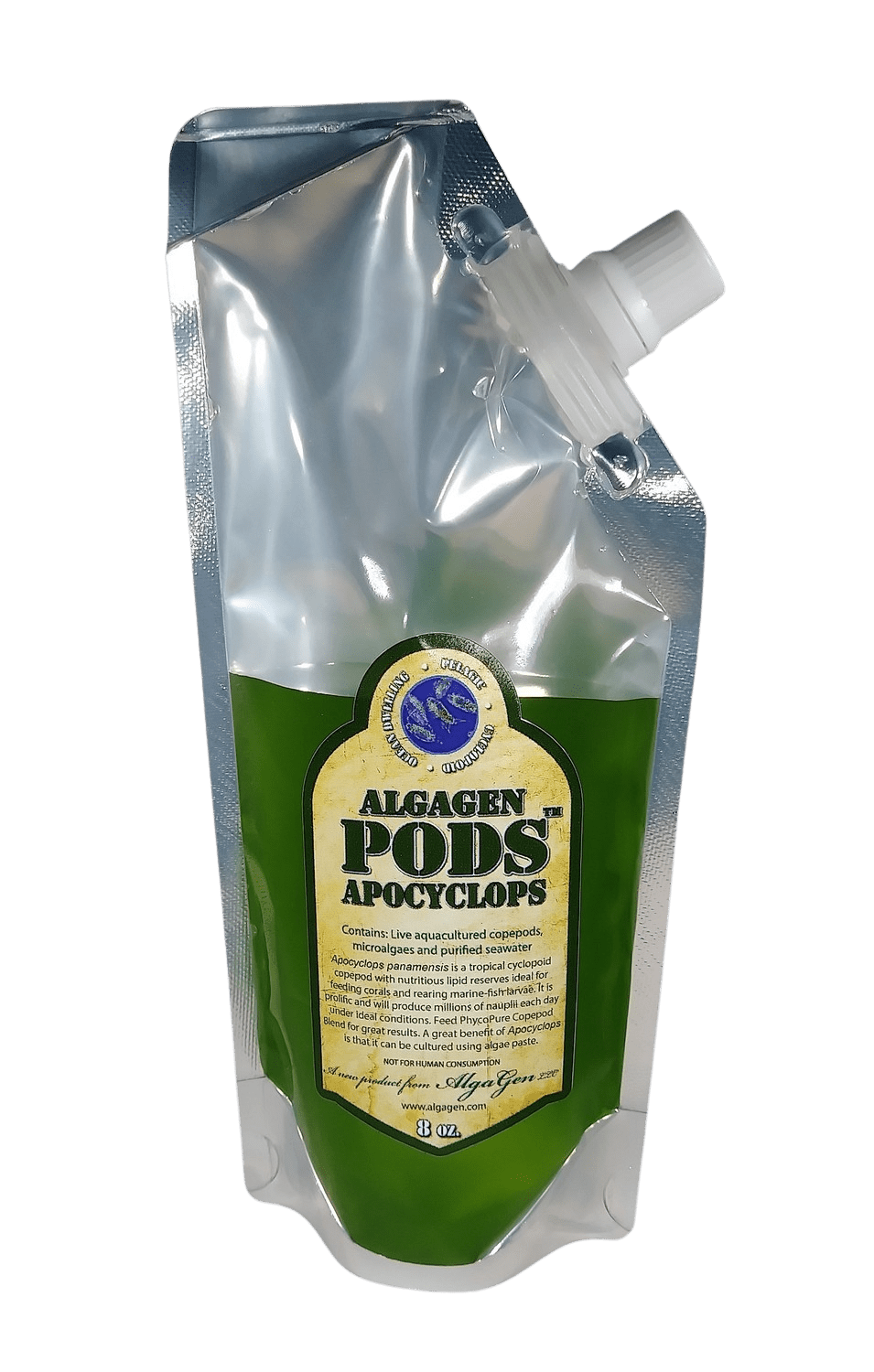
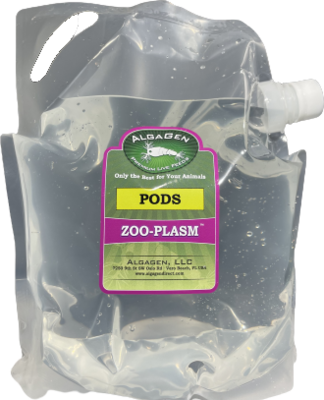
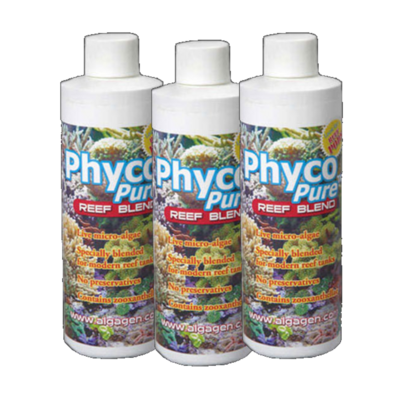
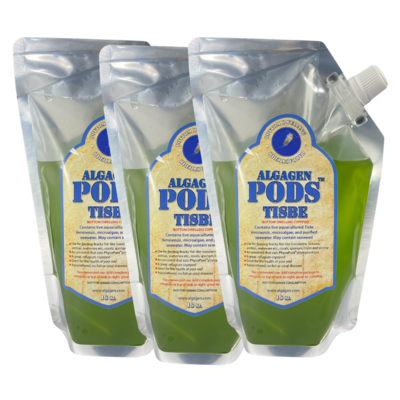
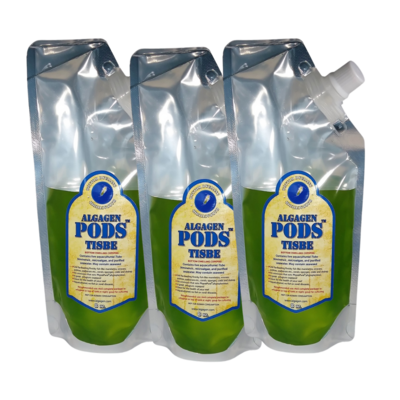
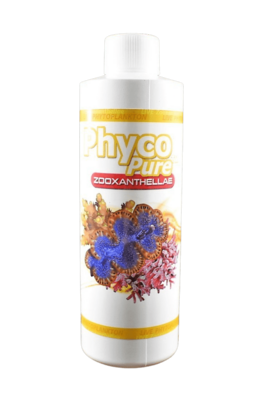
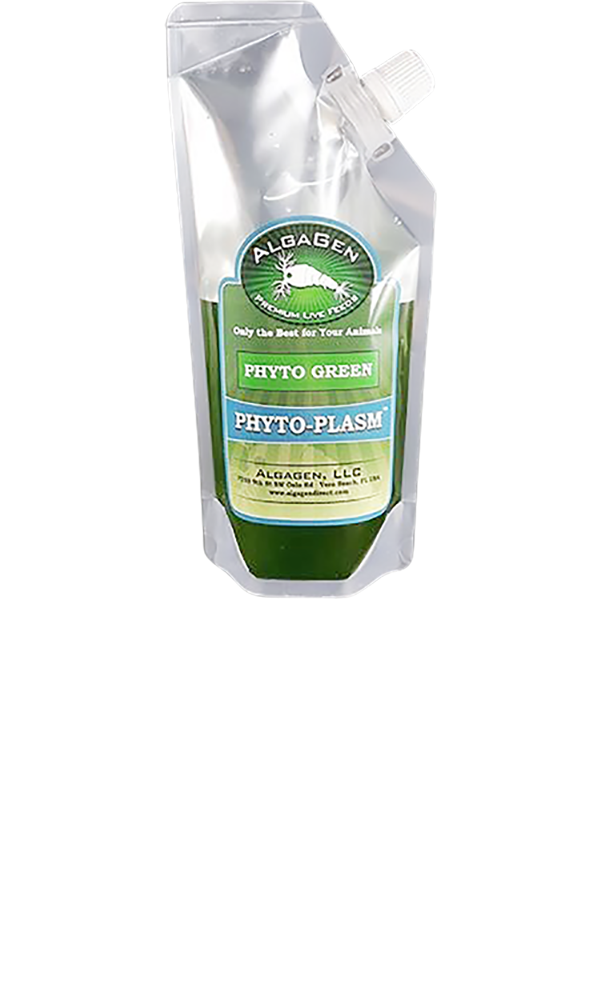
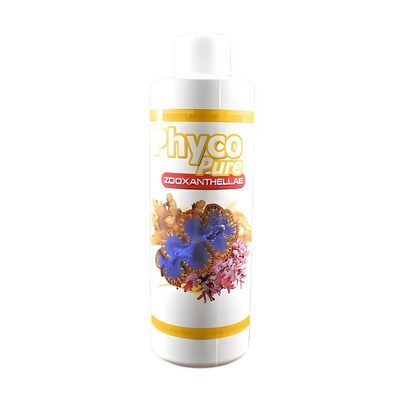
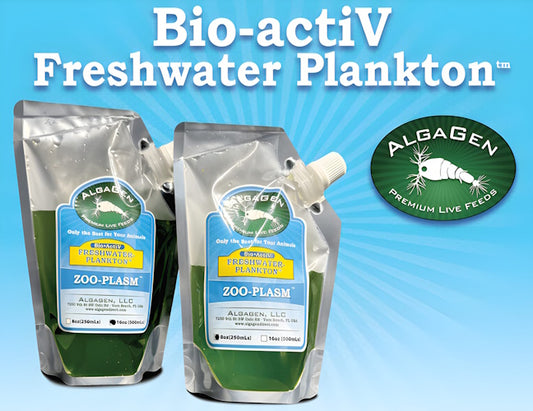
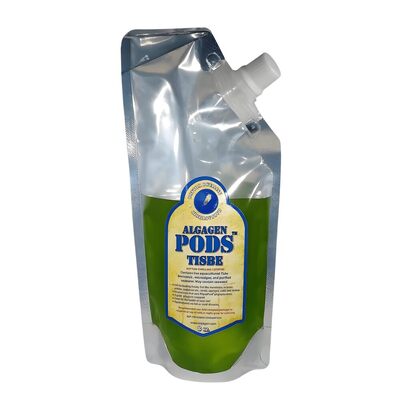
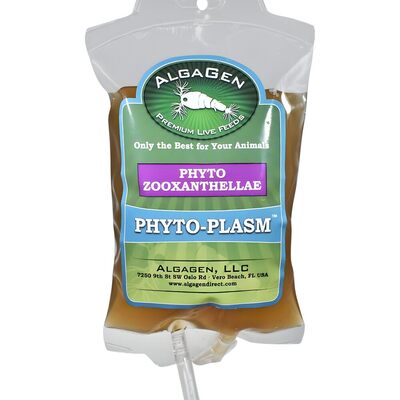
Recent post